2025 F1
Red Bull Hints at Vettel’s Potential Return to F1 with Audi
Neque porro quisquam est, qui dolorem ipsum quia dolor sit amet, consectetur, adipisci velit, sed quia non numquam eius.

2026 Formula 1 driver line-up market is heating up as speculation spins around who will join Nico Hulkenberg at Audi’s new venture next year. Reports from Britain’s “The Sun” suggest that Mick Schumacher, the young German driver, is being seriously considered for the coveted seat at Sauber, which will be rebranded as Audi.
“Vettel harmonised perfectly with Jonathan Wheatley (at Red Bull) in the past,” the newspaper explained, “and he also knows Mattia Binotto from his time at Ferrari.”
Adding fuel to the fire, Dr. Helmut Marko, Red Bull Racing advisor, hinted in an interview with “Osterreich” newspaper that a familiar face might be making a comeback. “The German Sebastian Vettel is still pushing for a return to Formula 1,” Marko revealed, sparking widespread excitement among fans who have long awaited the potential return of the retired four-time world champion.
Meanwhile, current Sauber driver Valtteri Bottas is also positioning himself as a strong candidate to stay with the team. The Finn, who is currently enjoying some time in California, recently posted a photo on social media alongside an Audi R8, emblazoned with his signature race number 77—a subtle nod, perhaps, to his desire to remain in the seat as Audi transitions into F1.
The Finn has expressed optimism about the potential impact of new management on his future with the team. “It is going to reset the talks a bit, because we have previously been in communication with Andreas (Seidl) and Oliver (Hoffmann) and now it’s Mattia,” Bottas commented. “So yeah, for sure that will change some things, so we need to speak.”
Mika Salo, a former F1 driver and fellow Finn, believes Bottas still has a fighting chance to retain his spot with the team, especially given his involvement in the early stages of Audi’s F1 project. “When I moved to Toyota, nothing already existed,” Salo shared with Iltalehti newspaper. “It wasn’t easy, and then I got fired in the middle of it all. I hope Valtteri will be able to reap the benefits.”
Salo also downplayed the speculation linking Bottas with a move to Alpine, suggesting that staying with Audi could be the better option. “Alpine is still being speculated, but I don’t really see any point in moving there. It would be better if he could continue where he is already,” Salo added, highlighting the continuity and stability that Bottas might benefit from.
As the gossips continue to swirl, the F1 world eagerly awaits confirmation of who will secure the prized Audi seat, with Vettel, Schumacher, and Bottas all in the spotlight.
2025 F1
Why Did Red Bull Fire Christian Horner, Who Excelled for 20 Years as Team Principal?
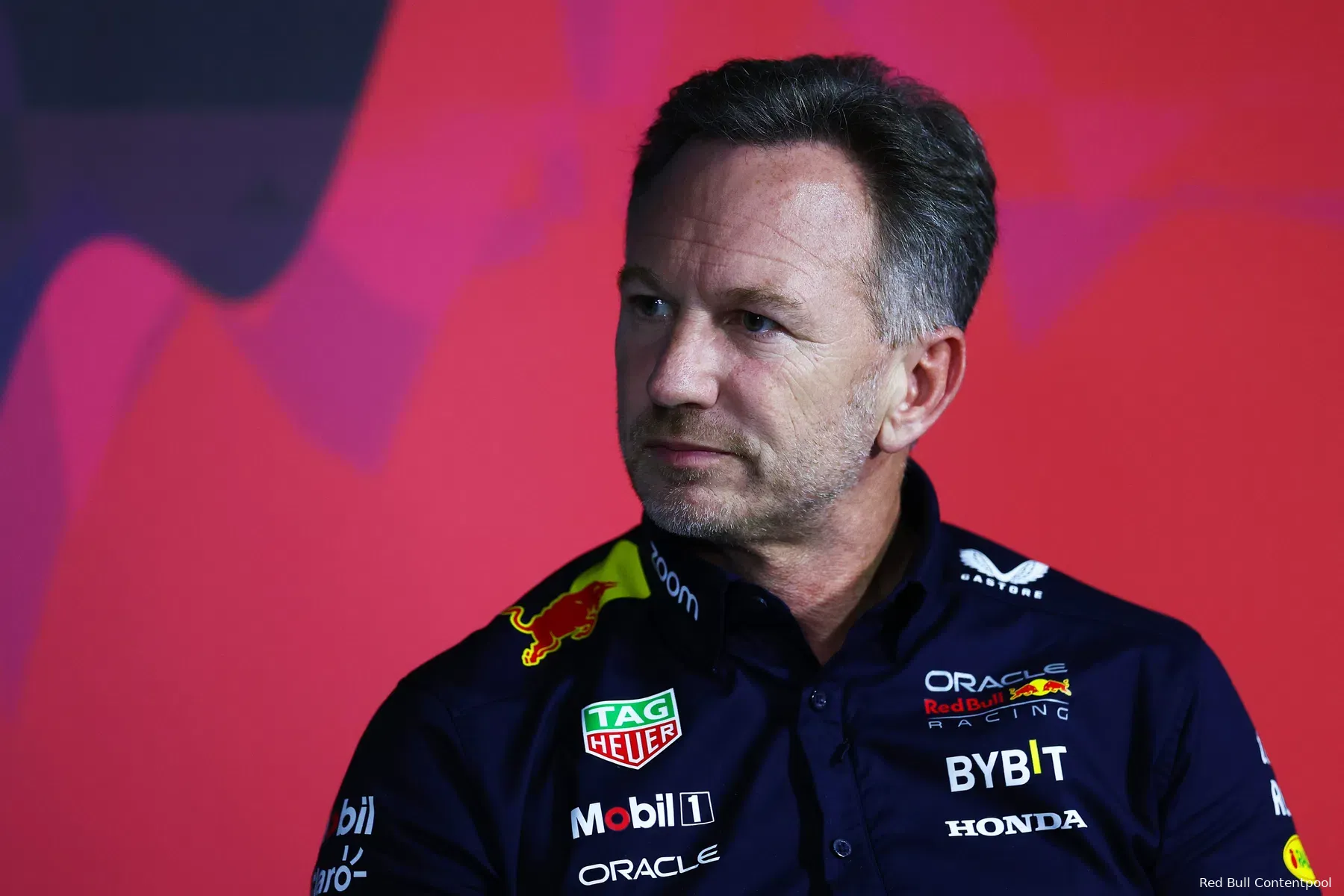
In a surprising move, Red Bull Racing has officially ended its long-standing relationship with Team Principal Christian Horner. After leading the team for 20 years, Horner’s departure signals a major shift at the top of one of Formula 1’s most dominant outfits.
This leadership change arrives at a particularly sensitive time, with Max Verstappen’s contract reportedly containing an exit clause. Any instability within the team’s management could have far-reaching consequences for the reigning World Champion’s future with the team.
The decision to part ways with Horner was not accompanied by a detailed explanation. Red Bull’s official statement simply noted that Horner will “forever remain an important part of our team history.”
His departure is the latest in a series of high-profile changes at Red Bull, which have been unfolding since the passing of co-founder Dietrich Mateschitz. The team has already seen the exit of a chief car designer and a sporting director within the last 18 months, suggesting a deep internal restructuring.
Red Bull expressed gratitude in its announcement, highlighting Horner’s contributions: “his tireless commitment, experience, expertise and innovative thinking.”
While Horner’s tenure brought Red Bull considerable success—multiple Constructors’ and Drivers’ Championships—it concluded amid speculation and uncertainty. At the recent British Grand Prix, Horner faced persistent questions regarding Verstappen’s plans for the 2026 season, especially as the Dutch driver has yet to confirm his commitment.
As of now, the implications of Horner’s departure on Verstappen’s future with the team remain unclear.
Allegations Against Horner
Horner’s exit also follows a turbulent year marked by serious accusations. He had been the subject of internal investigations after being accused of “inappropriate behavior” by a female colleague.
Despite being cleared twice through internal reviews, the allegations cast a shadow over his final year with the team.
The father of the woman at the center of the controversy shared his reaction to the news agencies: “I’ve read the news and the right thing has happened. It’s been all over the news and people know what took place.”
He also confirmed that his daughter no longer works at Red Bull, though he declined to provide specifics about her current status or involvement in the F1 world.
He added: “You’ll have to find out for yourself, I don’t want to go into details but she’s not involved with them (Red Bull).”
Horner’s departure closes a remarkable chapter in Red Bull’s F1 journey—one filled with victories, innovation, and now, a moment of reckoning.
2025 F1
Breaking: Red Bull fires team principal Christian Horner
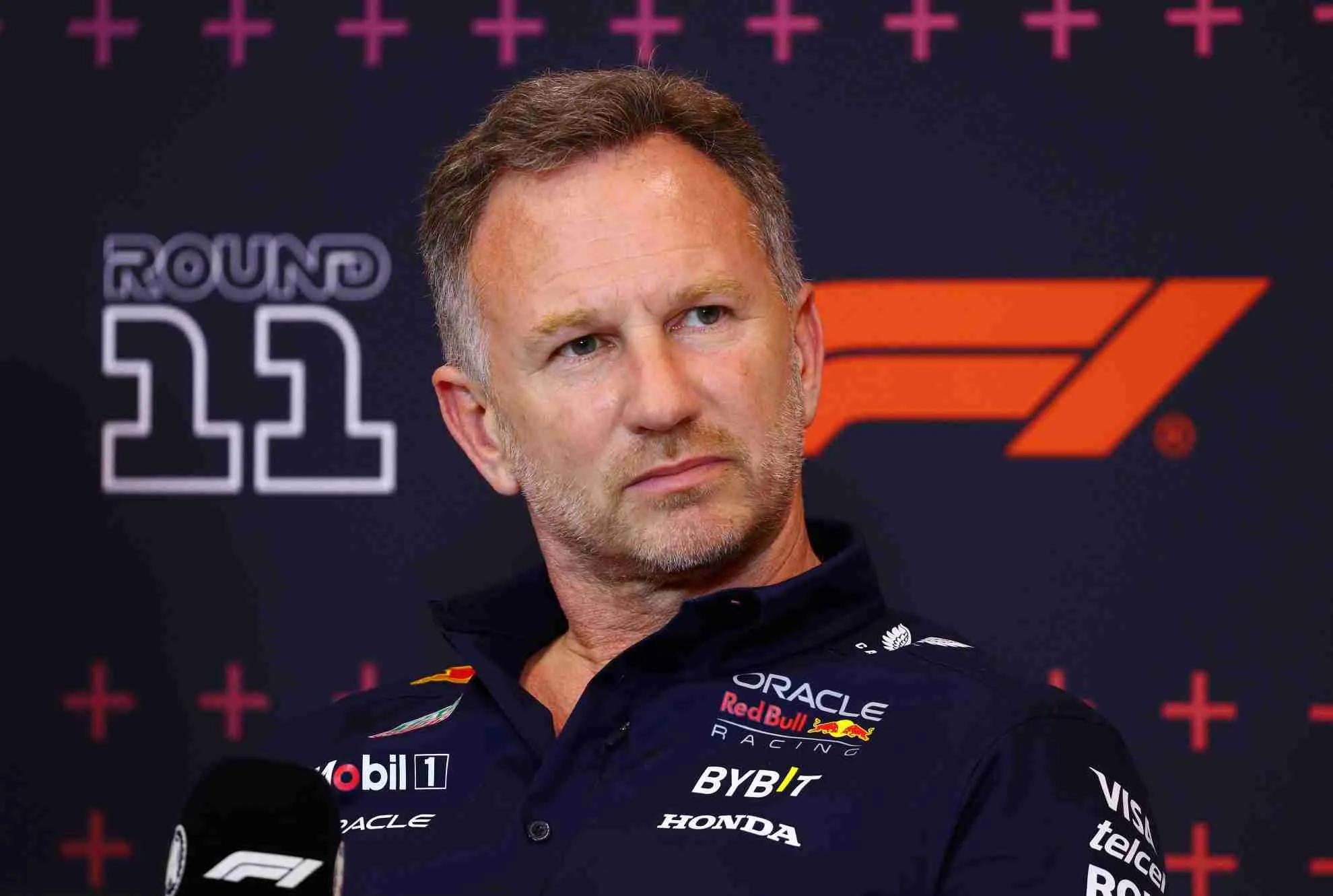
In a major shake-up at the top of Formula 1, Red Bull Racing have parted ways with their long-serving team principal, Christian Horner, bringing an end to a 20-year era that helped define the sport’s modern era.
Horner, 51, has been with Red Bull since the team’s debut in 2005, steering them to incredible success on the track. Under his leadership, Red Bull racked up an impressive eight constructors’ championships and eight drivers’ titles — four of which were secured consecutively by current champ Max Verstappen.
Red Bull is undergoing a significant leadership change, with Laurent Mekies stepping in to replace Christian Horner as CEO.
The decision to move on comes amid a dip in the team’s recent form and internal tensions behind the scenes. It also follows the fallout from serious allegations made 17 months ago involving claims of sexual harassment and controlling behavior from a female team member.
During Horner’s reign, Red Bull became a powerhouse in Formula 1, with Sebastian Vettel won title from 2010 to 2013 — a golden era that firmly cemented the team’s place in the sport’s elite.
“Red Bull has released Christian Horner from his operational duties with effect from today (Wednesday 9 July 2025) and has appointed Laurent Mekies as CEO of Red Bull Racing,” said a Red Bull spokesperson.
“Oliver Mintzlaff, Red Bull’s chief executive of corporate projects and investments thanked Christian Horner for his exceptional work over the last 20 years.”
“With his tireless commitment, experience, expertise and innovative thinking, he has been instrumental in establishing Red Bull Racing as one of the most successful and attractive teams in Formula 1.
“Thank you for everything, Christian, and you will forever remain an important part of our team history.”
As part of this transition, Alan Permane, currently serving as Racing Director for Racing Bulls, will move up to become Team Principal of the sister team.
“The last year and a half has been an absolute privilege to lead the team with Peter [Bayer, Racing Bulls CEO],” commented Mekies.
“It has been an amazing adventure to contribute to the birth of Racing Bulls together with all our talented people. The spirit of the whole team is incredible, and I strongly believe that this is just the beginning.
“Alan is the perfect man to take over now and continue our path. He knows the team inside out and has always been an important pillar of our early successes.”
Permane expressed his enthusiasm for the new role: “I feel very honoured to take on the role as Team Principal and would like to thank Oliver and Helmut [Marko, Red Bull advisor] for the trust they have shown in me.
“I am looking forward to working with Peter to continue the good work that both him and Laurent have done in taking this team forward.
“This is a new challenge for me, but I know that I can count on the support of everyone within them.”
More to follow.
2025 F1
Explained: F1 Car Skid Block! Why Hamilton disqualified from 2025 Chinese GP?
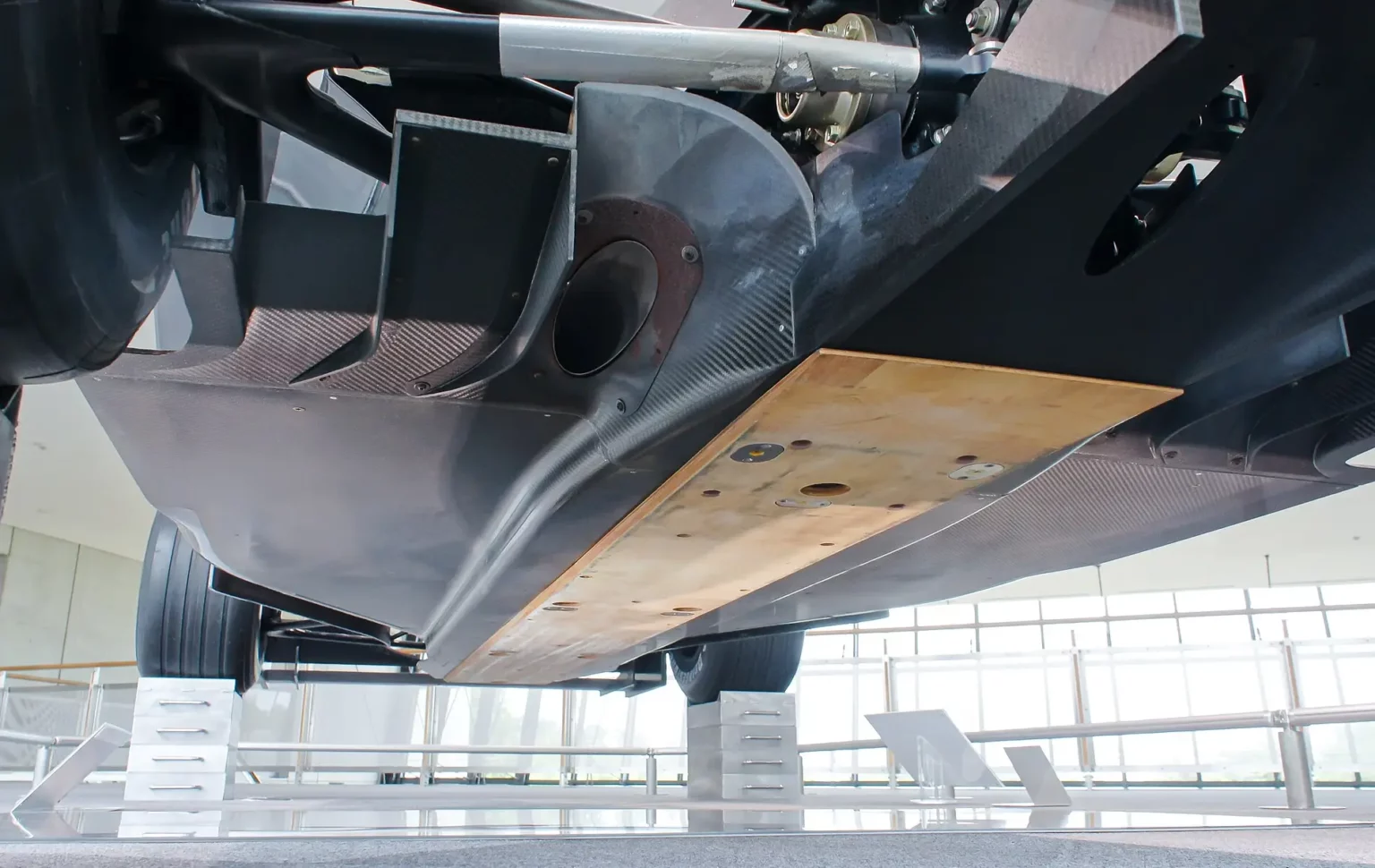
When you think of F1 technology, images of high-tech aerodynamics, state-of-the-art engines, and cutting-edge materials likely come to mind. But beneath the shiny, streamlined exteriors of these machines lies a crucial, often overlooked component—the skid block, or as it’s fondly called, the “plank.”
Introduced in 1994, the skid block was designed with one simple mission: safety. It ensures cars maintain a minimum ride height, preventing them from skimming too close to the tarmac. Why does this matter? Well, it limits the downforce a car can generate, keeping cornering speeds in check and reducing the risk of catastrophic accidents.
Made from a blend of durable materials like carbon fiber and titanium, the skid block is built to endure the intense demands of F1 racing. During high-speed races, you’ve probably seen mesmerizing sparks fly as cars graze the track—those dramatic visuals are often thanks to this plank doing its job.
But this component isn’t just for show. It’s regulated strictly. If it wears down by more than 1mm during a race, the car can face disqualification, as it indicates an illegally low ride height. This rule keeps the playing field level while safeguarding drivers and their high-speed marvels.
In a sport where innovation takes center stage, the skid block quietly plays its part, balancing performance with safety. Next time you catch an F1 race, give a nod to this unsung hero sparking up the tracks.
Would you like me to add more flair or technical details to this for your blog? Let me know!
Chaos in Shanghai: Ferrari’s Nightmare at the 2025 Chinese Grand Prix
The 2025 Chinese Grand Prix will go down in history as a race filled with drama, heartbreak, and unexpected twists. Ferrari’s weekend, which began with high hopes, ended in disaster as both Lewis Hamilton and Charles Leclerc faced disqualification from the final results due to breaches of technical regulations.
For Hamilton, the issue lay beneath his car. Post-race inspections revealed that the rear skid block on his Ferrari fell short of the minimum thickness required by the FIA. Measurements showed 8.6mm on the left-hand side and centerline, and 8.5mm on the right-hand side—below the mandated 9mm minimum outlined in Article 3.5.9 of the Technical Regulations. This seemingly minor infraction led to his disqualification, wiping out his hard-earned points.
Leclerc’s disqualification was equally crushing. Initially finishing fifth, his Ferrari was found to be underweight during post-race checks, violating the minimum weight limit. The Monegasque driver’s hopes of salvaging a strong result were dashed, leaving Ferrari reeling from the double blow.
Adding to the chaos, Alpine’s Pierre Gasly was also disqualified for the same weight breach as Leclerc. Gasly, who had finished 11th, saw his result nullified, marking a tough start to the season for Alpine, which remains the only team yet to score points in 2025.
The disqualifications triggered a reshuffling of the final standings. Esteban Ocon, Kimi Antonelli, Alex Albon, and Ollie Bearman all moved up two positions, while Lance Stroll and Carlos Sainz were elevated into the top 10 to claim the last points-paying spots.
Ferrari’s nightmare in Shanghai serves as a stark reminder of the unforgiving nature of Formula 1 regulations. As the season progresses, teams will need to ensure meticulous compliance to avoid similar heartbreaks.
Would you like me to add more technical insights or a dramatic flair to this piece? Let me know!
What are the skid block rules?
A document released following the hearing reads: “The plank assembly of Car 44 was measured and found to be 8.6mm (LHS), 8.6mm (car centerline) and 8.5mm (RHS). This is below the minimum thickness of 9mm specified under Article 3.5.9 of the Technical Regulations.
“During the hearing the team representative confirmed that the measurement is correct and that all required procedures were performed correctly. The team also acknowledged that there were no mitigating circumstances and that it was a genuine error by the team.
“The Stewards determine that Article 3.5.9 of the FIA Formula 1 Technical Regulations has been breached and therefore the standard penalty of a disqualification needs to be applied for such an infringement.”
Bahrain Grand Prix - Practice 3 (2024)
| Pos | Driver | Team | Time | Gap | Laps |
|---|---|---|---|---|---|
| 0 | |||||
| 0 | |||||
| 0 | |||||
| 0 | |||||
| 0 | |||||
| 0 | |||||
| 0 | |||||
| 0 | |||||
| 0 | |||||
| 0 | |||||
| 0 | |||||
| 0 | |||||
| 0 | |||||
| 0 | |||||
| 0 | |||||
| 0 | |||||
| 0 | |||||
| 0 | |||||
| 0 | |||||
| 0 |
-
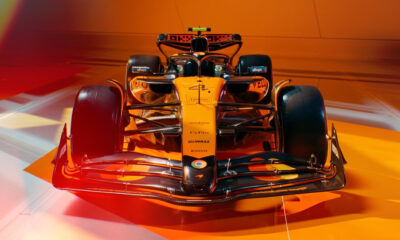
 2025 F15 months ago
2025 F15 months agoReigning Champions McLaren revealed 2025 F1 Car – MCL39
-
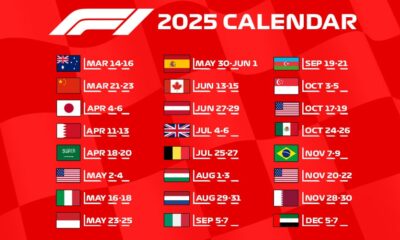
 2025 F16 months ago
2025 F16 months agoFull Calendar: 2025 F1 Season Features a Record 24-Races
-
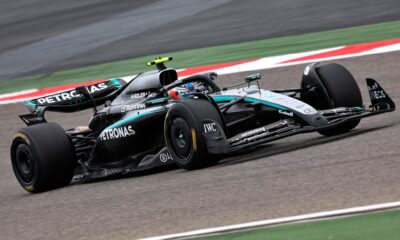
 2025 F14 months ago
2025 F14 months ago2025 F1 Testing Results – Day 1 – First Half
-
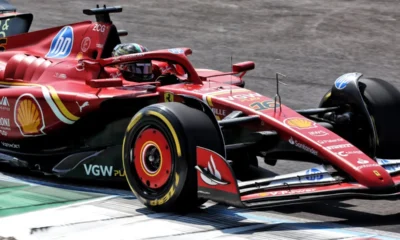
 2025 F15 months ago
2025 F15 months ago2025 F1 Testing Schedule – Confirmed all three-day driver line-ups
-
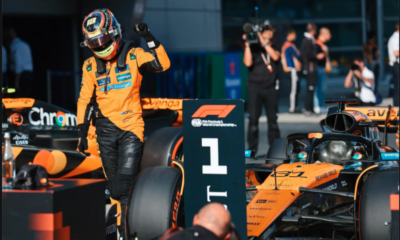
 2025 F14 months ago
2025 F14 months agoRace Results – F1 2025 Chinese Grand Prix
-

 2025 F14 months ago
2025 F14 months agoQualifying Results – 2025 F1 Australian Grand Prix
-
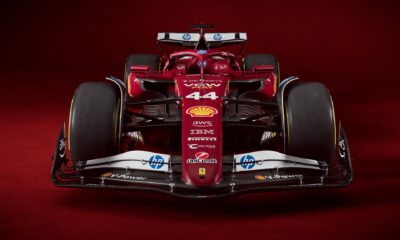
 2025 F15 months ago
2025 F15 months agoPhotos: Ferrari officially launched its 2025 F1 car SF-25
-
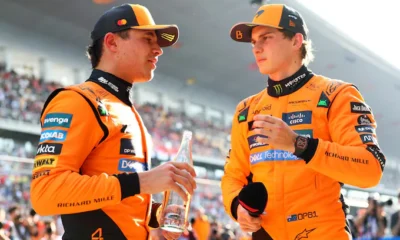
 2025 F14 months ago
2025 F14 months agoChinese Grand Prix – 2025 F1 Drivers’ and Teams’ Standings





